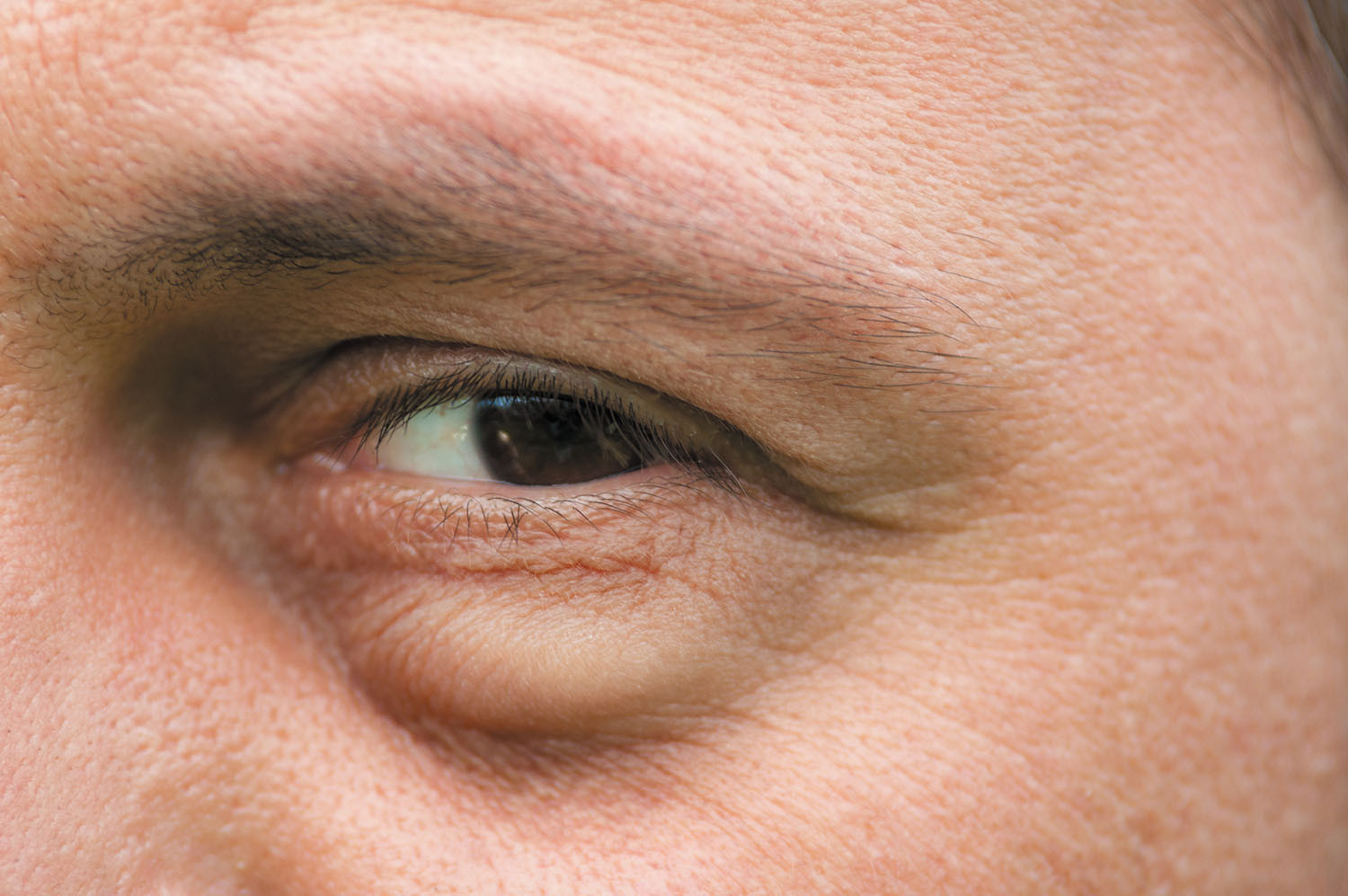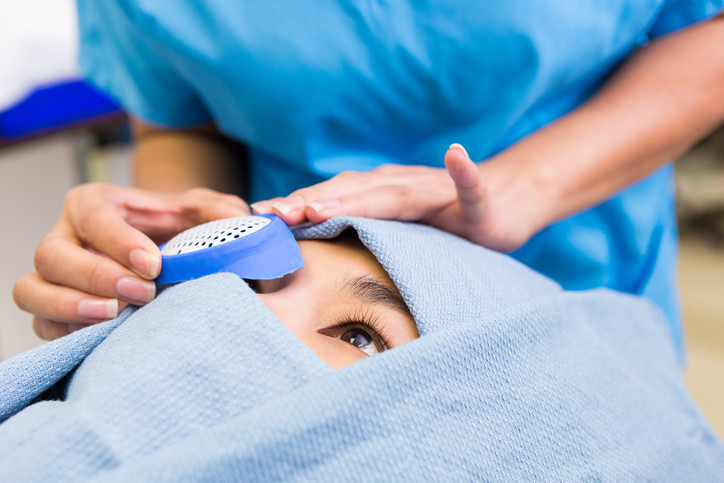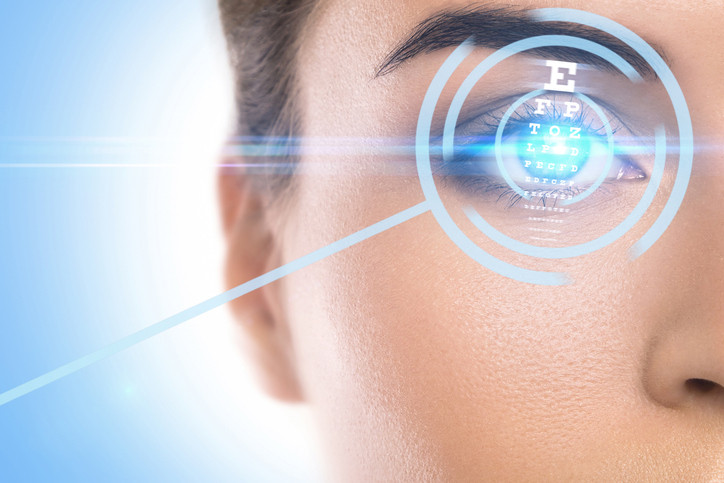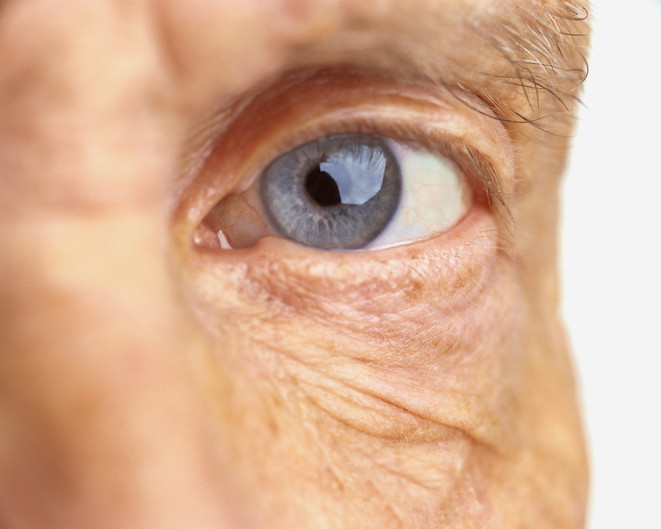
5 timeless habits for better health

What are the symptoms of prostate cancer?

Is your breakfast cereal healthy?

When pain signals an emergency: Symptoms you should never ignore

Does exercise give you energy?

Acupuncture for pain relief: How it works and what to expect

How to avoid jet lag: Tips for staying alert when you travel

Biofeedback therapy: How it works and how it can help relieve pain

Best vitamins and minerals for energy

Should you take probiotics with antibiotics?
Eye Health Archive
Articles
You don't say? Under eye bags and dark circles
What are eye floaters?
Eye floaters occur when the thick, jelly-like substance that fills the center of the eye form blobs that block incoming light. They might resemble spots, cobwebs, or strings. The sudden appearance of new floaters should prompt a call to your doctor, but most often they become less bothersome over time.
Is your vision impaired? Tips to cope
Living with low or impaired vision comes with many challenges. Accessibility features on computer hardware and software, special devices, and adaptations to your home can help make daily life easier when living with a vision impairment.
Not yet ready for cataract surgery? Try these tips
Want healthy eyes? What to know at 40 and beyond
While eye problems can affect people of any age, some conditions become more common after age 40. Some are normal, or at least expected; others are of greater concern and will require treatment. Here’s how to keep your eyes healthy and address certain problems.
Glaucoma: What’s new and what do I need to know?
Glaucoma, the second leading cause of permanent blindness in the US, is a group of disorders that damage the optic nerve. It is a complex disease, and while there is currently no cure, diagnosis and prompt treatment can slow or stop progression of vision loss. All adults should have regular eye exams starting at age 40, whether vision is normal or not.
Shingles of the eye can cause lasting vision impairment
There are about one million cases of shingles in the US each year, and up to 20% of those involve nerves in the head, where the infection can affect various parts of the eye. If a case of shingles involves the upper face, forehead, or scalp, it is important to see an ophthalmologist promptly, because complications can lead to eye damage and possible vision impairment.
Age-related macular degeneration: Early detection and timely treatment may help preserve vision
Age-related macular degeneration is the leading cause of blindness in people over 60. In order to preserve vision, it’s important to understand the stages of ARMD, its signs and symptoms, how the disease progresses, how to monitor it, and what treatments are available.
SMall Incision Lenticule Extraction (SMILE): It’s what’s new in laser vision correction
Different types of laser vision correction procedures have been available since the mid-1990s, but the newest development, small incision lenticule extraction, combines the advantages of the other variations while offering a comfortable procedure with a quick recovery.
Diabetic retinopathy: Understanding diabetes-related eye disease and vision loss
Over seven million people have diabetic retinopathy, the most common form of vision loss in working-age adults with diabetes. It’s recommended that people with diabetes should work to keep blood pressure in the normal range and their A1c level below 7% to avoid complications such as diabetic retinopathy.

5 timeless habits for better health

What are the symptoms of prostate cancer?

Is your breakfast cereal healthy?

When pain signals an emergency: Symptoms you should never ignore

Does exercise give you energy?

Acupuncture for pain relief: How it works and what to expect

How to avoid jet lag: Tips for staying alert when you travel

Biofeedback therapy: How it works and how it can help relieve pain

Best vitamins and minerals for energy

Should you take probiotics with antibiotics?
Free Healthbeat Signup
Get the latest in health news delivered to your inbox!
Sign Up











